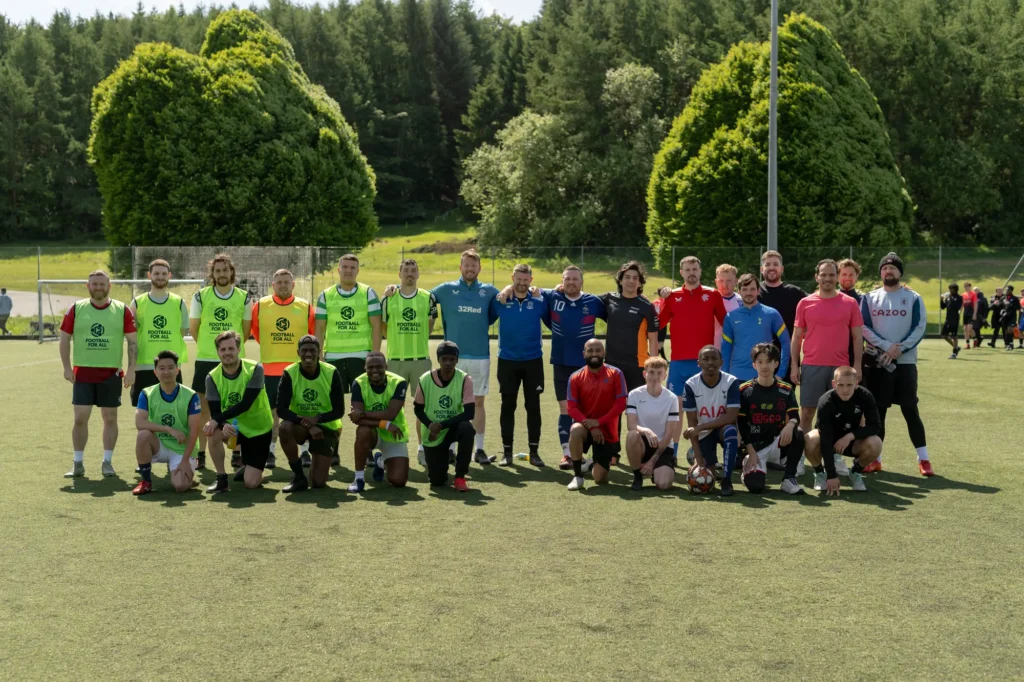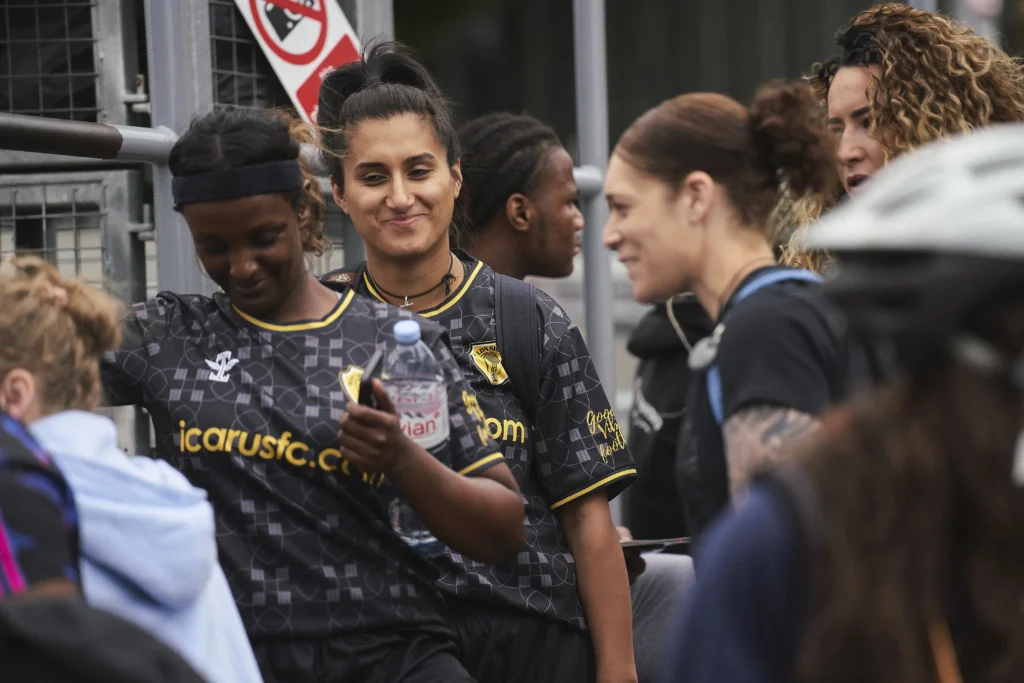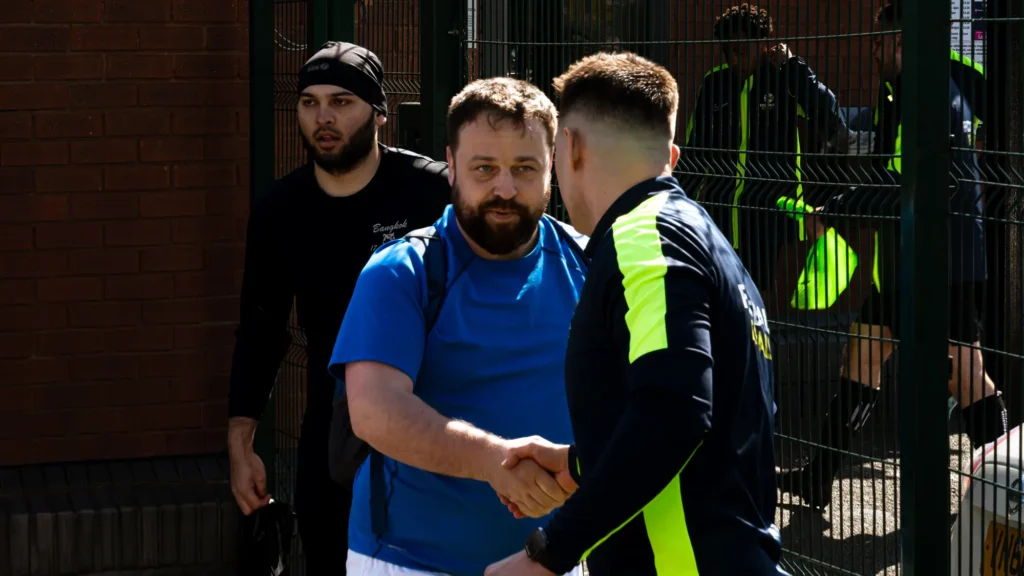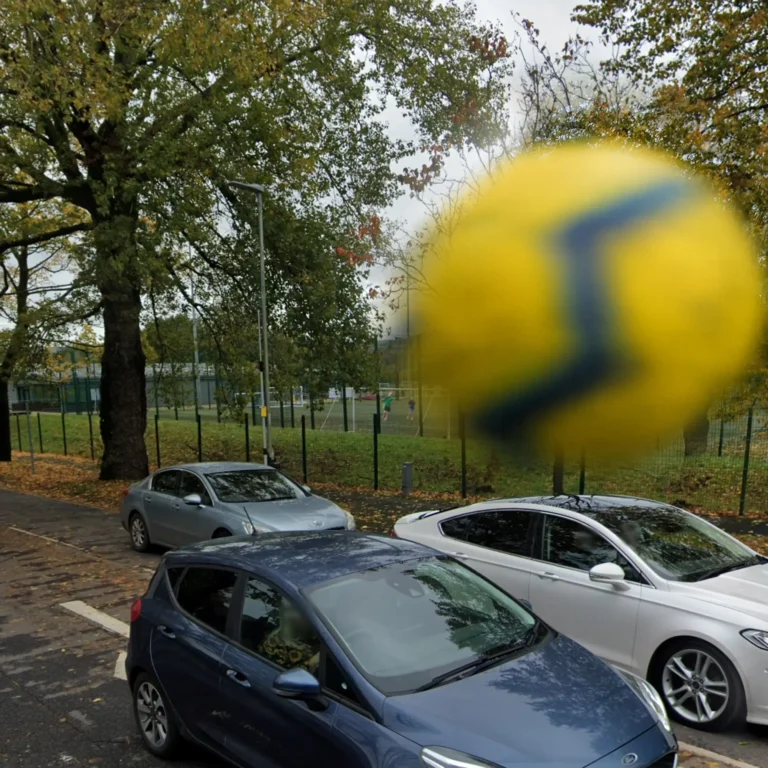Community football is at the heart of many UK areas. It brings thousands of people together every week, from all ages and backgrounds, with minimal cost and maximum benefit. Here are eight evidence-based reasons why councils and those who fund and plan public spaces should make community football a priority. These are practical points backed by recent data and grounded in real community experience.

1. Football is the nation’s most popular sport with massive local demand
About 15.7 million people play football in England, far more than any other sport. For example, one survey found that about 28% of active sports participants had played football in the past month. That makes football by far the top choice of sport. Football for All alone runs over 2,500 local games each month. As of August 2025 we are operating in 51 out of England’s 317 local authorities and 6 out of 32 in Scotland. In practice this means local astro pitches and community centres see heavy demand for football games.
That shows both how many people want to play and how much scope there is for growth. In practical terms, councils that back football (by keeping pitches open or funding new 3G surfaces or partnering with community organisations) tap into a sport that engages far more people than most alternatives. It is one of the easiest ways to get people active. Supporting football is a vote for a public good that residents already want.
2. It delivers huge physical and mental health benefits
Regular football is great exercise and costs nothing or very little but pays back big in health improvements. The physical activity from a weekly game helps reduce risks of obesity, diabetes, heart disease and many chronic conditions. In fact, European football’s role in keeping players fit is estimated to save billions in health costs. One UEFA-backed study found amateur football delivered €16.3 billion worth of healthcare savings by cutting the risk of Type 2 diabetes, heart disease and strokes. These are exactly the kinds of savings that a council’s public health budget can benefit from.
It also improves mental wellbeing. Being part of a team fights sadness and isolation, especially for people in deprived areas or older adults. While exact UK figures for mental health gains are hard to pin down, Sport England notes that active people report better mood and confidence and community football offers a supportive social network. By giving people a routine and friends, football helps cut loneliness and stress which is a real win for public health budgets and social care.
3. It builds community cohesion through volunteers and local leadership
Grassroots football thrives on volunteers and club members. In England there are about 1.4 million volunteers supporting football and other community sports each year. A typical local 5-a-side is powered by neighbour volunteers. Councils gain by strengthening those ties. Each time an astro pitch is used for football, local people invest time and energy in their own area.
Football for All alone has created over 500 active local football communities thanks to over 600 volunteers. This kind of community effort delivers practical benefits like a prosocial environment and safe spaces without costing the council extra. And it means more eyes on the ground for general community wellbeing. Councils that encourage clubs and casual play help communities connect, which often brings more local pride and civic action.
4. It drives inclusion and tackles inequalities
Football is accessible to people of all backgrounds, ages and abilities. Far more than many organised sports. Recent figures show extraordinary growth in groups that councils often want to engage. For example, the number of women and girls playing football in England rose by 56% from 2020 to 2024. This year is even bigger, thanks to the Euro 2025 build up and the Lionesses’ success. There are now hundreds of thousands of girls and women enjoying football in schools and local football pitches. By contrast, sports like rugby or cricket have much smaller participation in those groups.
Similarly, football is reaching poorer communities where health or space is limited. Football for All reports 61% of its games are in deprived areas. This means councils can use football to improve outcomes in the places that need it most. Their strategies encourage more activity, better youth engagement and stronger social ties. Councils aiming to reduce inequality or increase target groups’ participation will find football a practical vehicle. By planning equal access, for example, making sure local schools have an accessible astro football pitches in the evenings, councils invest in a sport that already attracts under-represented groups.
5. It generates strong economic and social return on investment
Investment in football pays back many times over. Sport England’s analysis for 2022-23 estimates that every £1 spent on community sport (including football) creates roughly £4.20 in social value. In total community sport is delivering over £100 billion of social value annually in England, through health savings, increased productivity and more.
Football underpins much of this. Busy sport centres spend locally on equipment, maintenance, food services (like vending machines) and attract new members. Crucially for council budgets, a large share of this value comes from saving public costs. Sport England’s model shows that in a single year community sport prevented millions of disease cases and saved over £10 billion in health and social care spending.
At the local level, a properly surfaced astro football pitch can pay back many times its upfront cost. For example, research shows a well-maintained 3G pitch can be used 70–80 hours a week, whereas a grass pitch might only give 4–6 hours (weather permitting). More hours of play means more players involved and thus more value created. In short, councils get better ROI by funding the right facilities for football.

6. It helps engage people positively and cuts crime risks
Councils often look for constructive activities to reduce anti-social behaviour. Football is a proven way to engage people in routine and teamwork. Studies have found that sports programmes consistently reduce offending and truancy. For example, a Laureus Foundation review found that sport projects returned over €5 in social benefits for every €1 invested, through reduced crime, fewer school absences and better health.
While this is a European analysis, the principle applies locally. A community football session gives vulnerable residents structure and peer group, which can deter delinquency. In fact, UK initiatives tying sport to social goals have shown success. The £5m Youth Endowment Fund even used boxing and football clubs to mentor at-risk youth. For councils, the gain is double. Spending on sports can drop later policing or social work costs. As one England football network argues, supporting grassroot football can help meet targets on community safety and social services in a cost-effective way.
7. Available facilities fall far short of demand and more astro football pitches are urgently needed
Demand for football far outstrips supply of suitable pitches. The Football Foundation (FA’s funding arm) reports that 96% of local authorities do not have enough 3G (artificial turf) football pitches to meet demand. An estimated 2,000 additional full-size 3G pitches would be needed nationwide just to keep up. England has about half the number of community 3G pitches of Germany, yet more than twice as many players per pitch.
Grass pitches are struggling too. Over two million matches on grassroots pitches, and hundreds of thousands are called off each year for weather-related or maintenance reasons. In the last season counted, over 100,000 games (roughly six million playing minutes) were lost due to poor grass pitch quality. These statistics mean many people are turned away or end up playing in unsuitable places. Councils can correct this by planning more dedicated football surfaces. It is a smart use of public space. Instead of under-used tennis courts or ornamental lawns, grass areas can be laid out or upgraded for regular all-weather football.
Getting facilities right is vital. A football-specific pitch meets big demand in ways a generic court cannot. That is especially clear in bad weather. One 3G pitch provides as much play time as a dozen grass pitches. By recognising this shortfall, councils can prioritise the kind of facilities that keep local residents active year-round and the data make it clear. Without enough proper football pitches, huge numbers of people who want to play have no space.
8. Dedicated football facilities are a practical, cost-effective community asset
A dedicated football facility (like a full-size or 5-a-side pitch with floodlights) gives better and safer play than a makeshift or multi-use area. Multi-use games areas (MUGAs) or junior play courts have their place but they rarely satisfy true football demand. For instance, a standard MUGA sized for tennis or basketball cannot support a full 11-a-side match safely and teams often abandon them for muddy grass pitches anyway. In contrast, a well-designed astro football pitch can support leagues of kids, casual adult games, women’s sessions and more.
The practical benefit is high usage. Councils see continual bookings and informal play on a well-maintained astro football pitch. Because one football game involves 10–22 players, a single pitch actually serves many people at once. That makes it an efficient public good. Councils have found that opening a new artificial pitch or upgrading a grass field often quickly pays for itself through community hire fees and wide use. It also unlocks new programmes, for example, if a school’s 3G pitch is open evenings it can host local teams rather than standing empty.
In short, football-specific provision matters. It meets a proven local need. It reliably gets filled with activity in all seasons. From the council’s perspective, investing in football is smart urban planning. It turns public parks, schools, or leisure centres into hubs of health, community and local pride. The evidence shows that whenever a council commits to supporting football (through planning protections, funding for pitches or letting clubs use schools), the payback is a healthier, safer and more cohesive community with minimal fuss.

How councils can work with Football for All at no extra cost
We know that council budgets are under huge pressure. That is why our approach is simple and at no cost. We are not asking for funding, only for partnership.
Here is how councils can help, and how we can help in return:
Include us in local consultations
When sports or community plans are being discussed, we can bring insight on how to get more residents involved in football. We can share data from over 2,500 sessions a month and years of experience running games in different communities.
Tell us where new pitches are planned
If we know in advance, we can prepare to build a player base and community activities around them. That means new facilities are busy from day one and deliver maximum value.
Offer community rates or spare pitch time
Many pitches stand empty, even in peak hours. By opening those slots to Football for All, councils can fill them with residents who might not otherwise play.
Promote sessions through council channels
A simple mention in newsletters, social media or community boards helps people find football on their doorstep.
Work with us on physical activity programmes
For better health, more activity in deprived areas or targeted engagement for underrepresented groups we have football programmes to fit council priorities.
All of this costs councils nothing in direct funding. It just takes some coordination and willingness to work together. Football for All exists to make it easy for people to join local games. With council support, we can make sure every pitch is used to its full potential and every resident has the chance to take part.
Sources: Data and case studies from Sport England, the Football Foundation, the FA, ONS and local-government research, as well as Football for All’s community reports. These underline football’s proven impact on public health and community wellbeing


